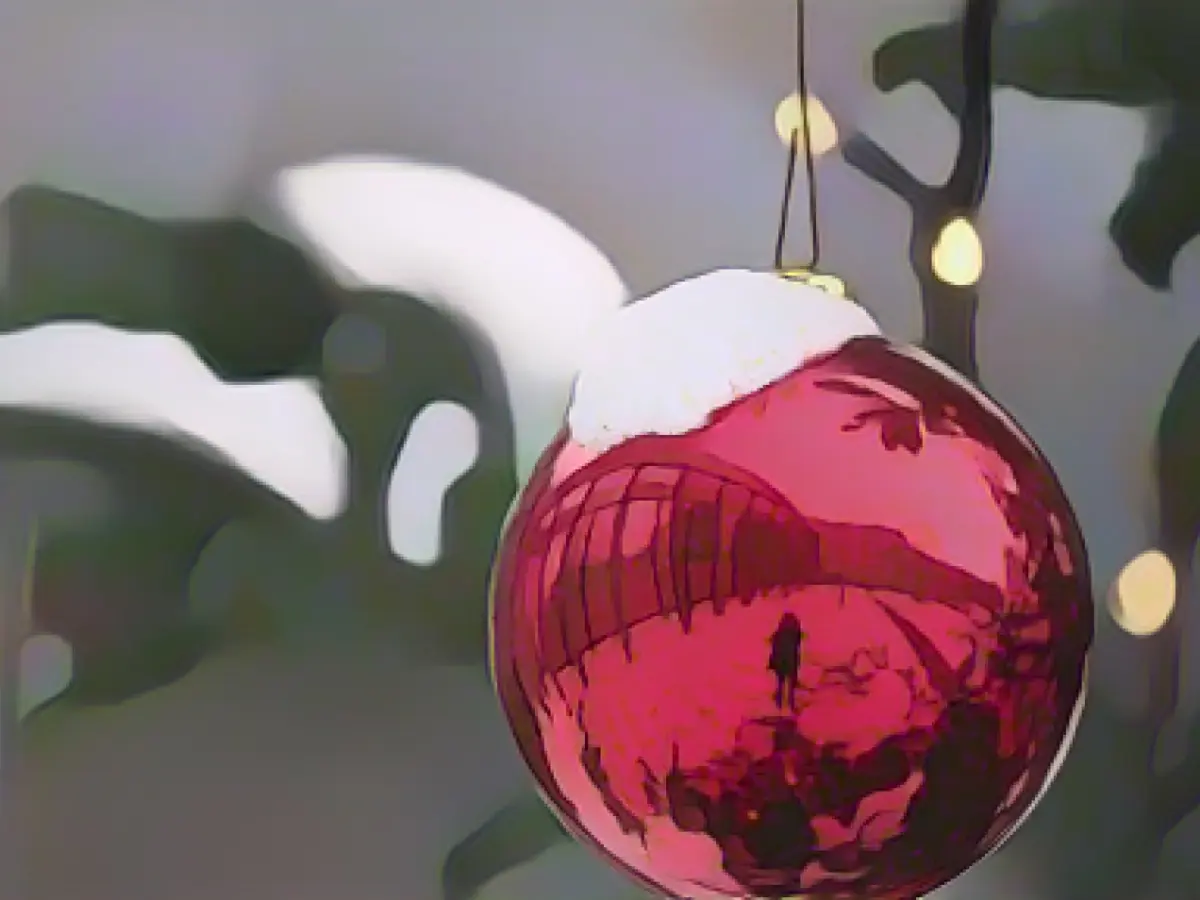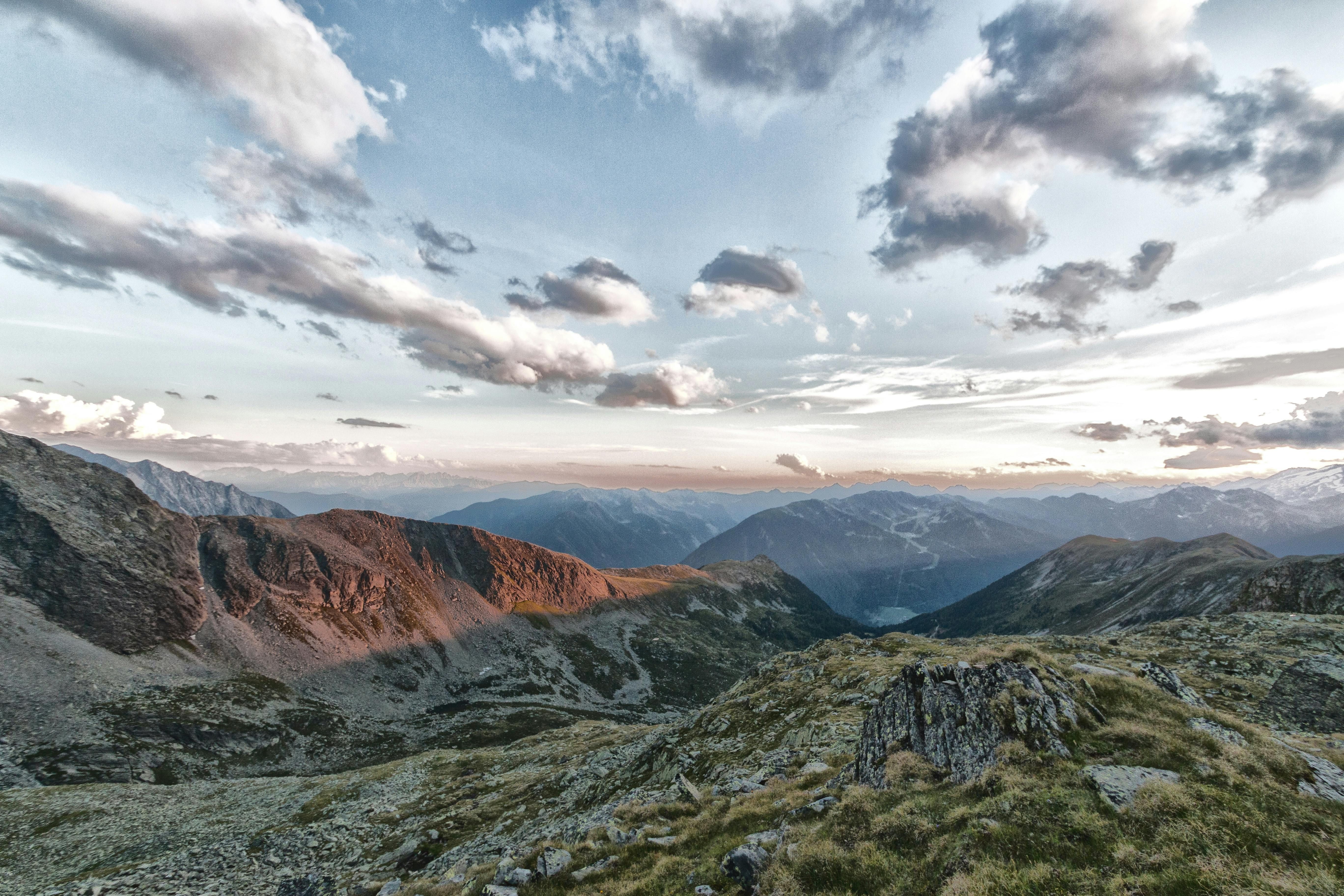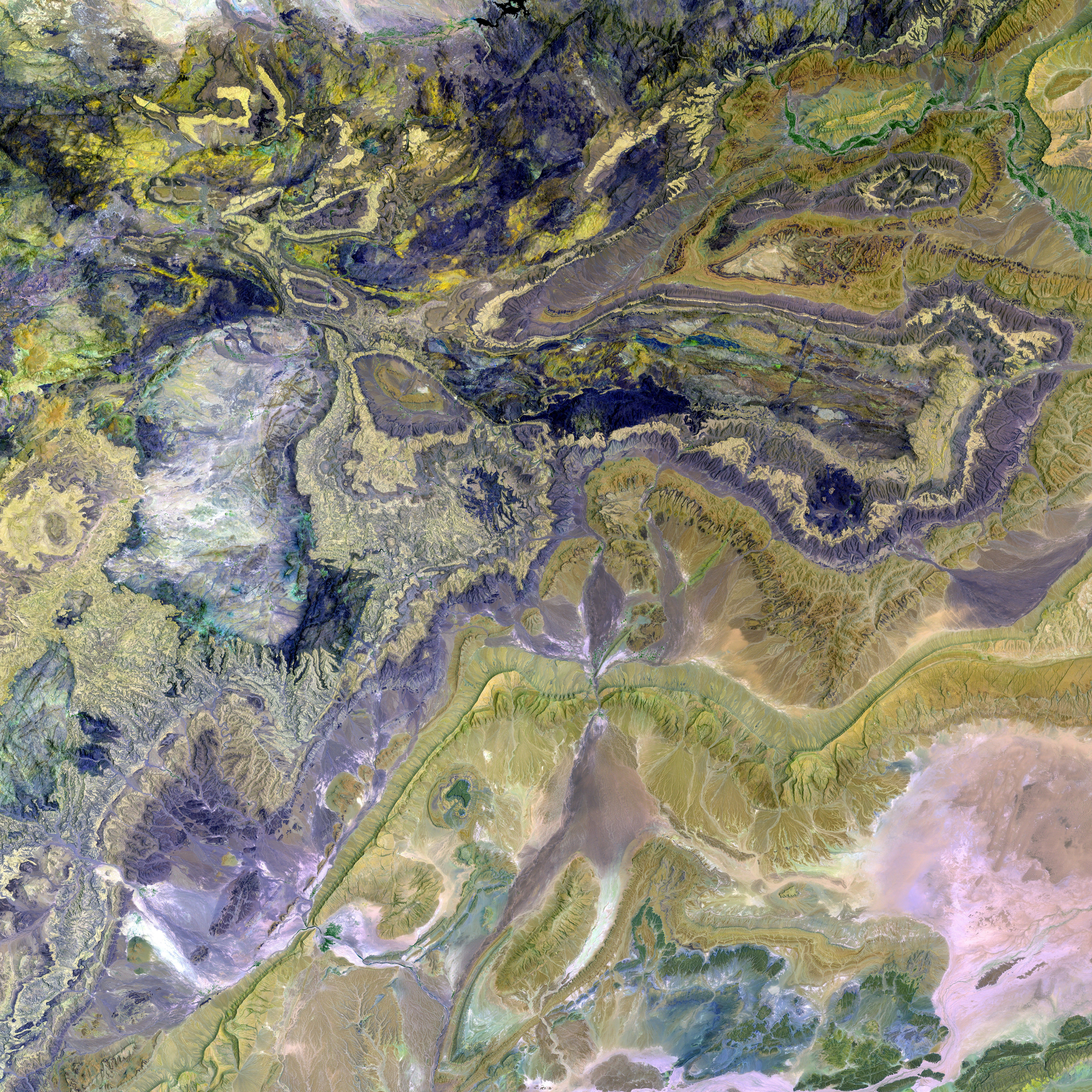Christmas in White: A Rarity in Modern Germany
For many, a snow-covered Christmas landscape is the epitome of festivity. The sight of a tranquil, snow-laden landscape evokes feelings of peace and reflection, fitting perfectly with the season's themes of relaxation and introspection. Yet, for Germans, a white Christmas has historically been a rare sight, even before the advent of climate change.
Claim: Has the chance of a white Christmas in Germany drastically reduced?
Analysis: While not completely extinguished, the chances of experiencing a white Christmas in Germany have indeed decreased over the years.
Old Carefree Days of Winter
Do memories of old winters with blankets of snow dotting the landscape make you yearn for a time long gone? The people of yesteryear often romanticize those days, claiming Christmas used to always be snowy. But is this claim genuinely true?
The German Weather Service (DWD) defines a white Christmas as having a minimum of one centimeter of snow on December 24, 25, or 26 at any weather station in Germany. To achieve such a picturesque tableau, two crucial elements must come together: cold temperatures and moisture. In substantial swathes of Germany, apart from the higher altitudes and Alpine regions, these elements seldom align.
Where We Find Snow
As we move towards higher altitudes, we see an increase in the likelihood of a white Christmas. However, even for these regions, it isn’t a guaranteed annual event. For instance, despite the expectation of snow in the Alps, they barely saw any in 2022. In contrast, people living by the coasts tend to enjoy a milder climate, as the North Sea and Baltic Sea retain remnants of summer heat through December.
Is Grandpa Right?
Views of a snow-covered Christmas landscape may be less common today, but this wasn't always the case. Recent studies on climate records have shown that the probability of a white Christmas in Germany's lowlands was significantly higher in the past than it is now.
By comparing two reference periods, 1961-1990 and 1991-2020, an analysis from the National Meteorological Service's climate archive demonstrates that the chances of a snow cover on all three Christmas days have dropped considerably. In Munich, for instance, a white Christmas was almost guaranteed every three years from 1961-1990, while the city saw one only once every seven years from 1991-2020.
A Lack of Coincidence
The perfect blend of cold and moisture must occur for a white Christmas. A cold air mass coming from the north or northeast often brings a dry atmosphere with scant precipitation. Conversely, milder air from the west can carry moisture, but it seldom reaches the form of snow. To create the ideal mix, the requirements for cold and moisture must align.
As recent weather patterns indicate, this situation is challenging to attain. The arrival of cold air and moisture at appropriate times is now a more infrequent occurrence.
A Warmer Christmas
Climate research indicates that this trend is not a mere coincidence. As the world grapples with climate change, temperatures have risen, affecting Germany's winter temperatures as well. This warming trend makes it more difficult for frosty and humid air masses from the polar regions to reach central Europe, reducing the likelihood of snowfall.
Germany's Last Merry Snowy Christmas
So, when was the last time that Germany enjoyed a country-wide festive snowfall? The last time the majority of Germany enjoyed a winter wonderland was in 2010. In this year, the DWD reported snowfall in parts of the country, eventually covering the landscape in a blanket of white. Since then, there have been only four occasions of widespread white Christmases—1962, 1969, 1981, and 2010.
Predicting Winter's Joy
Deciding whether this year's festive season will bring joy with a white Christmas can be attempted with some degree of certainty only a week before December 25, according to DWD expert Karsten Friedrich.
Even in the face of a warming trend, there will still be exceptional years of abundant snowfall in Germany. However, the signs indicate that white Christmases may reach a level of rarity, becoming a cherished memory instead of an anticipated annual event.








